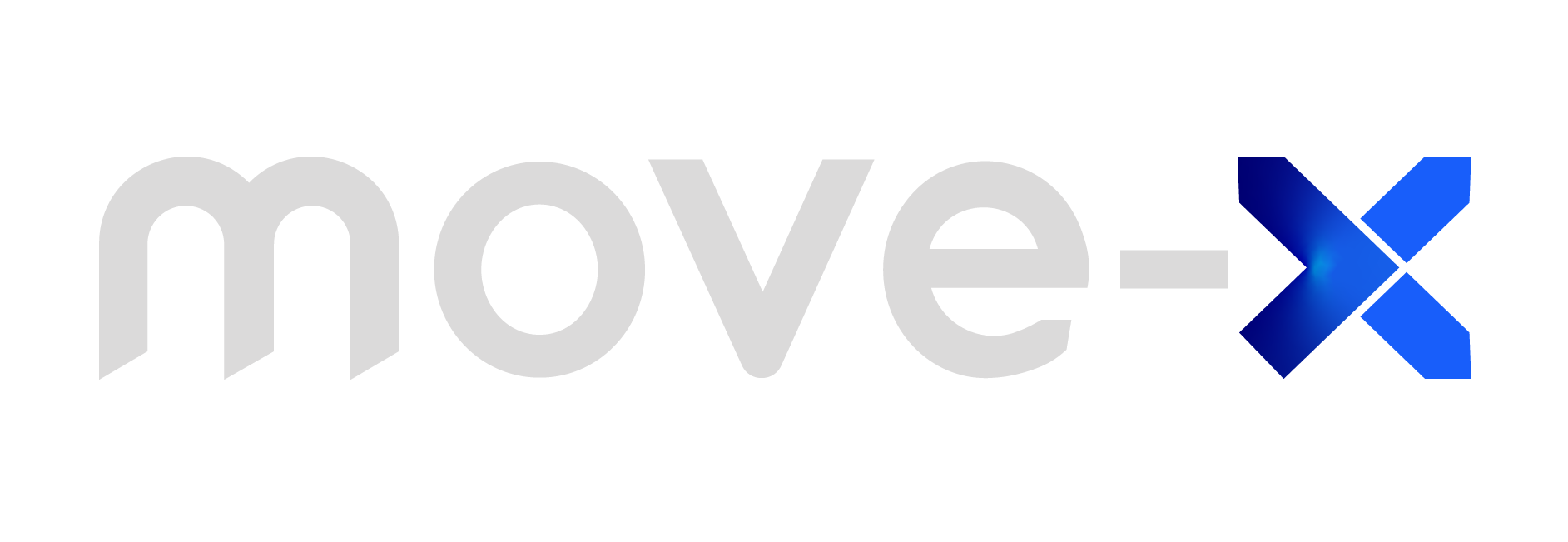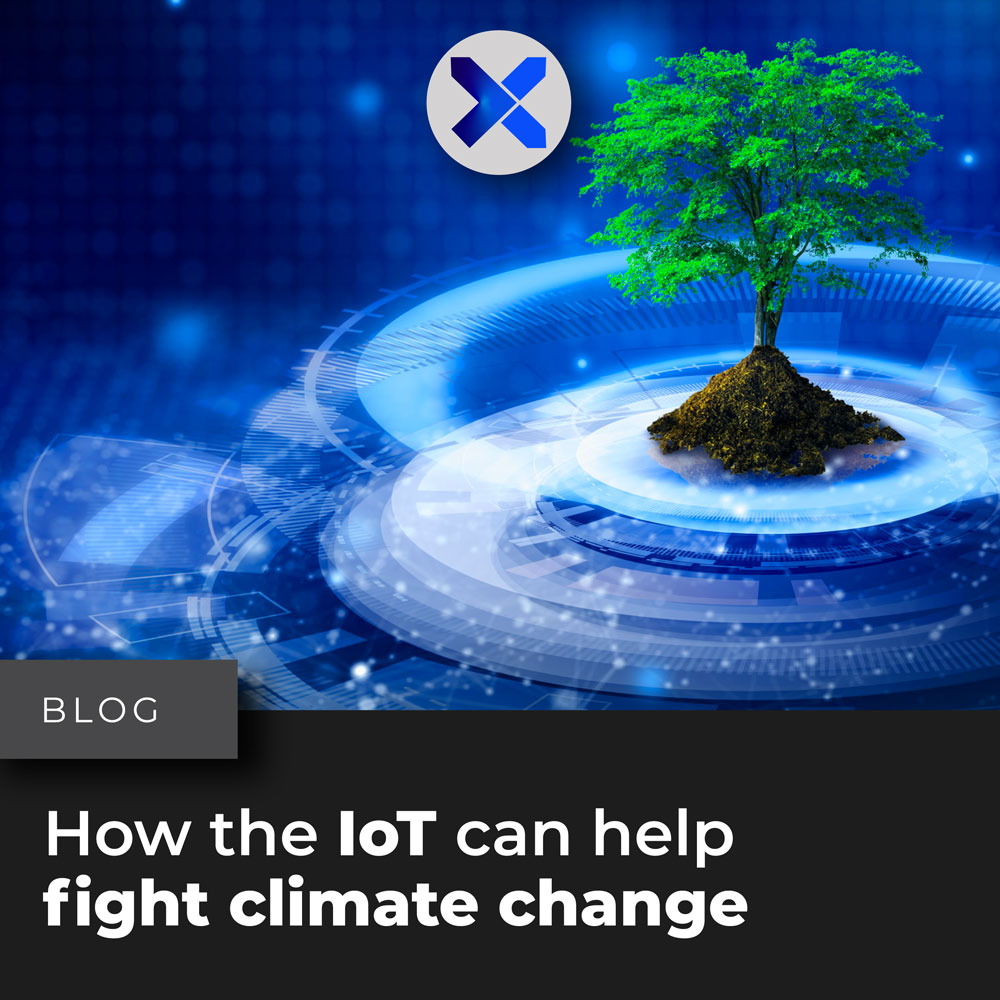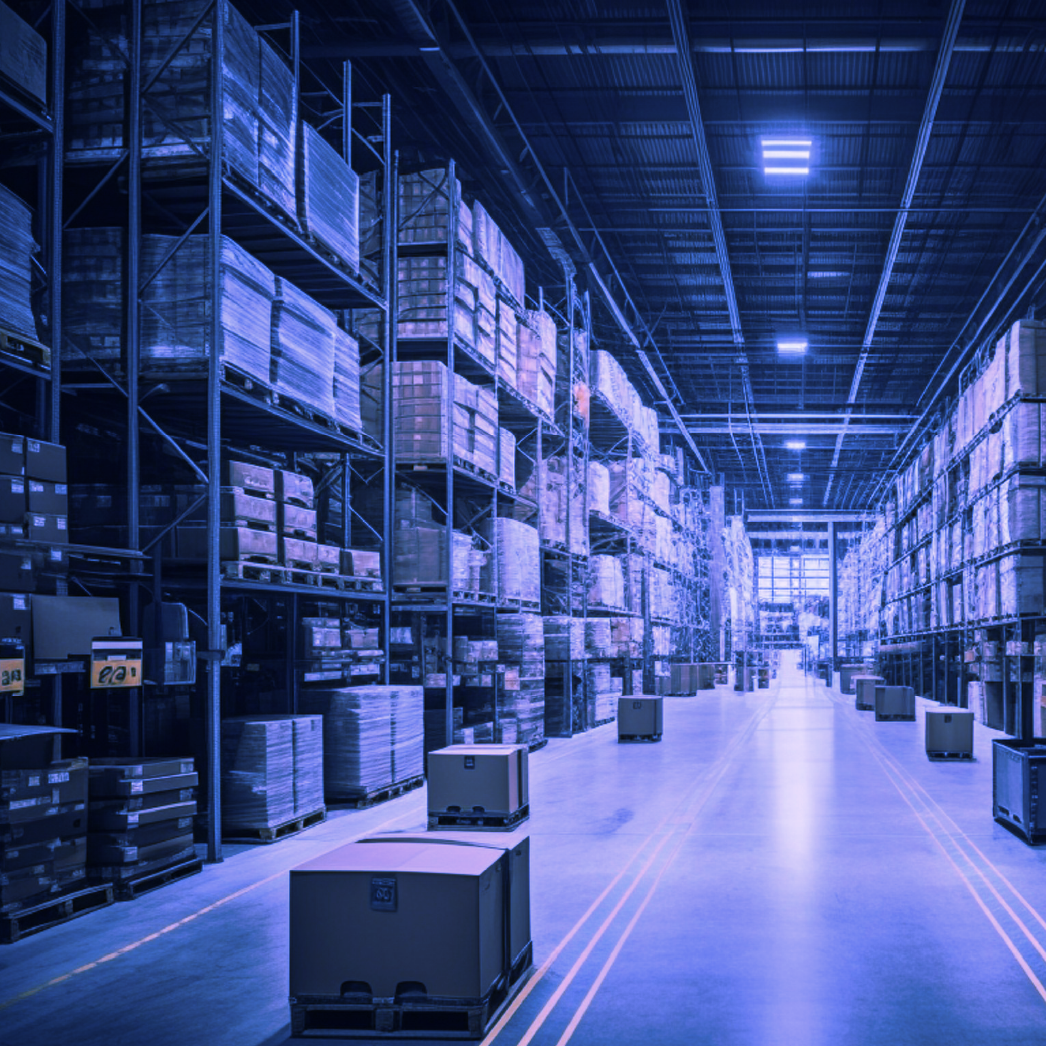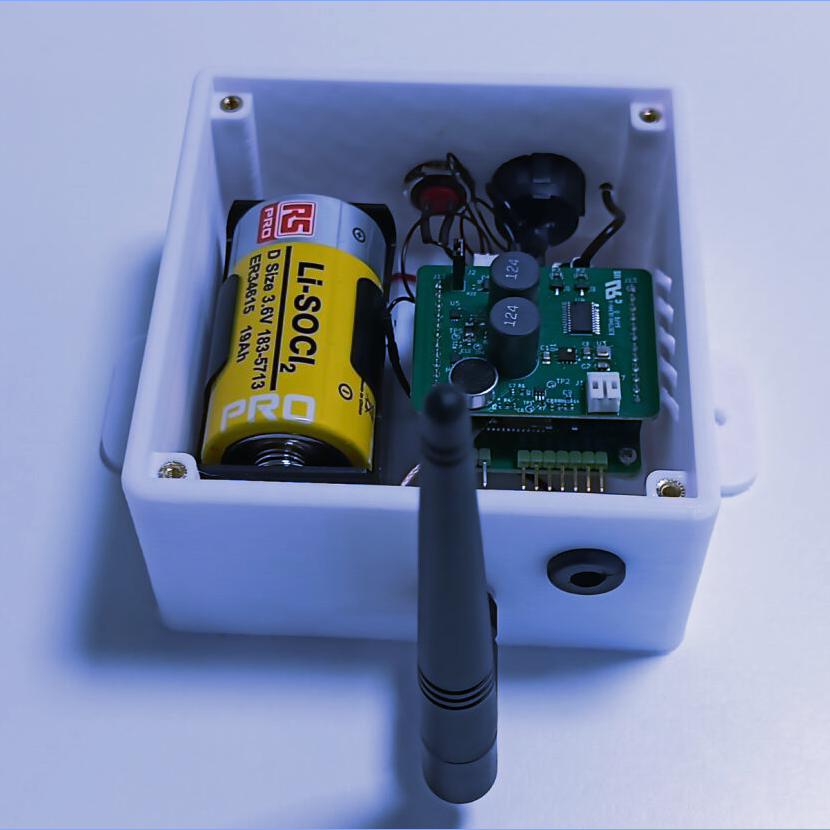How the IoT can help fight climate change
The Internet of Things (IoT) can do more than enhancing our comfort with responsive devices, optimizing industry and logistics, and improving our workspaces and homes with smarter technology. IoT devices have also the potential to slow down the destructive course of climate change, aligning IoT solutions with international standards for climate protection.
We keep witnessing gradual increase in global average temperatures, a growing number of severe weather events and an accelerated melting of the polar ice caps.
Climate change is real.
The effects of it are felt by many, and with continued growth of the global population and emerging economies, greenhouse gas (GHG) emissions are only escalating.
We have the urgency to invest in solutions that can reduce the global production of GHG.
The simple, unrealistic answer
If greenhouse gas, produced by human economic activity, is accelerating climate change, can we not just slow down growth or only rely on “clean technology” like renewable energy?
Realistically, the answer is no.
It is not possible to force countries to abandon plans for economic growth or to expect that the global adoption of clean technologies will be fast enough to stop human-caused climate change alone.
So, the question is: how can we enable global economic growth while reducing GHG emissions? How do we “produce more from less?”
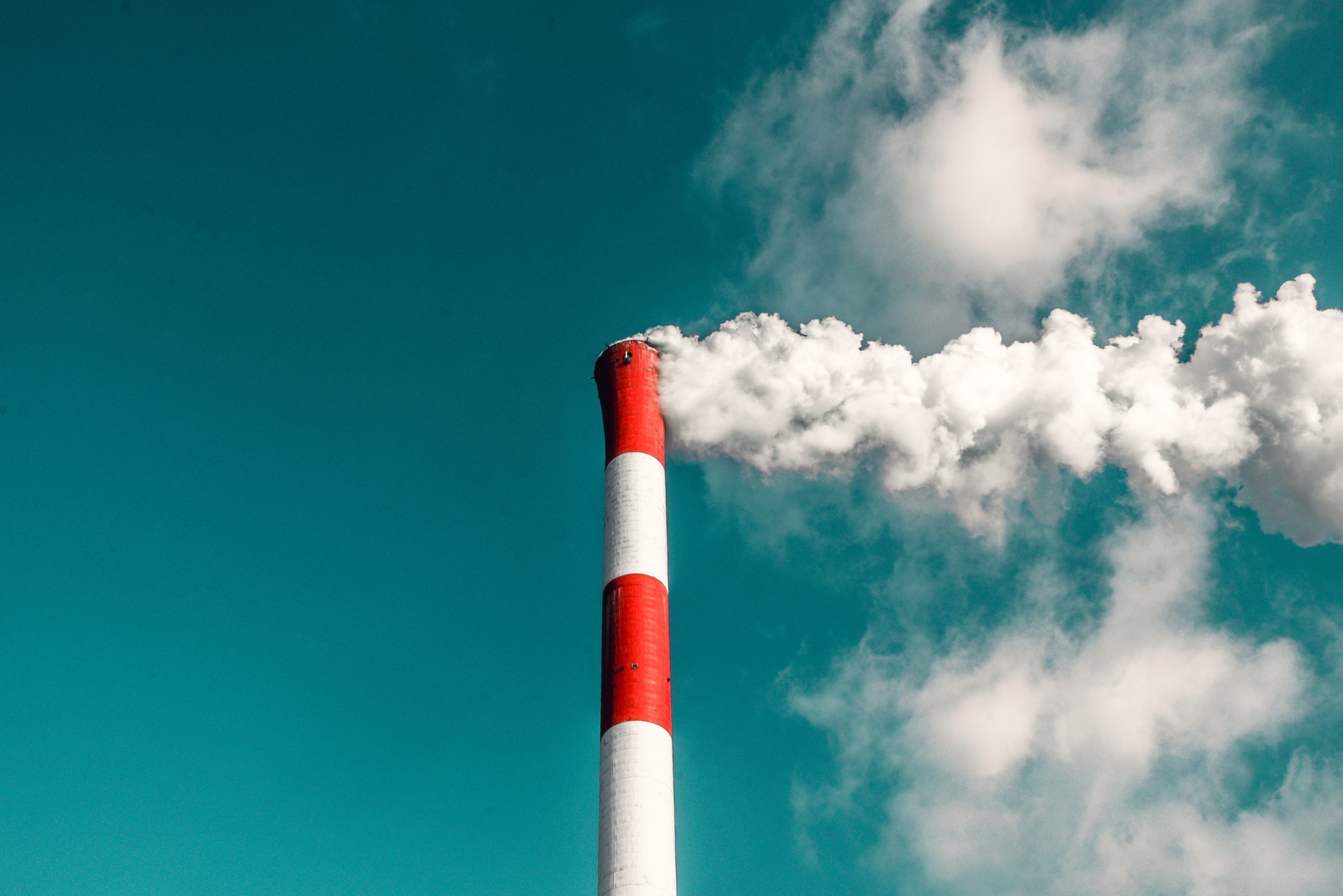
Producing more from less: is it possible?
The key to producing more with less resources, waste and emissions is to increase efficiency in existing processes. Being able to increase the efficiency of distribution, global manufacturing and consumption processes can not only drive more profit, but also reduce the environmental impact.
While the motivation is strong, as improved efficiency would be beneficial for everyone, until recently companies have lacked accessible, easy-to-use and cost-effective tools to identify where processes could be improved, where pollution and waste occur, and where opportunities for greater efficiency exist.
Aligning economic and environmental goals with the IoT
IoT solutions can answer the question of how to produce more from less.
They support enterprises develop process improvements, identify waste, and monitor efficiency gains, by collecting operational data across entire processes and supply chains: that provides companies with actionable insights in order to generate both economic and environmental returns, filling the gap between economic and environmental needs.
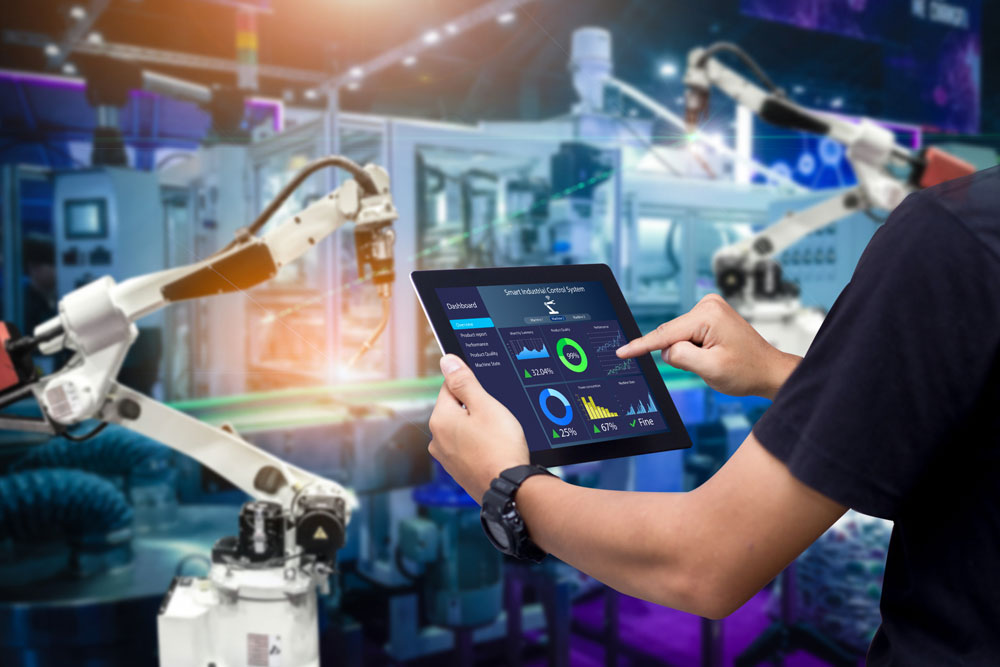
IoT for all: all for the planet
IoT solutions used to be expensive and complex to implement. However, that has changed.
While the rapid growth of IoT cloud platforms has provided cost-effective, easy-to-use, ways to manage large data, low-cost and low-power wireless technology has now become widely available, giving everyone the opportunity to collect IoT data and improve processes in a secure and cost-effective way.
That is the reason why IoT solutions are now part of basically every company’s roadmap.
They have been “democratized” enabling enterprises to leverage these new technologies to drive efficiency gains, savings and margin improvements, while supporting environmental goals.
The potential of the Internet of Things is huge: let’s use it to limit the worsening of human-caused climate change.
We now have the tools: we just need the intention.

